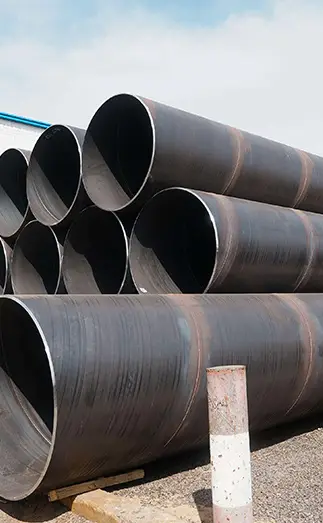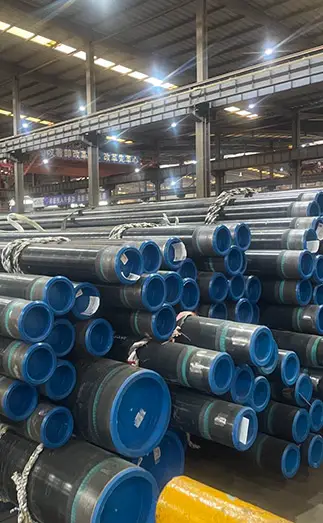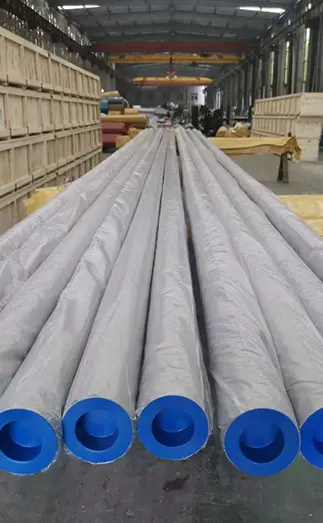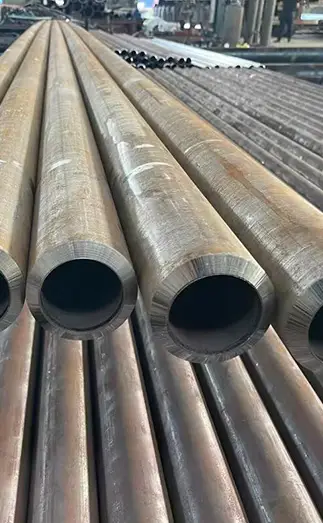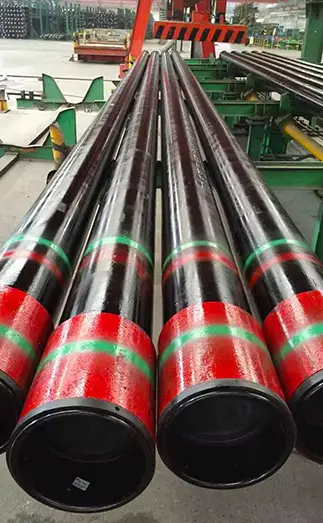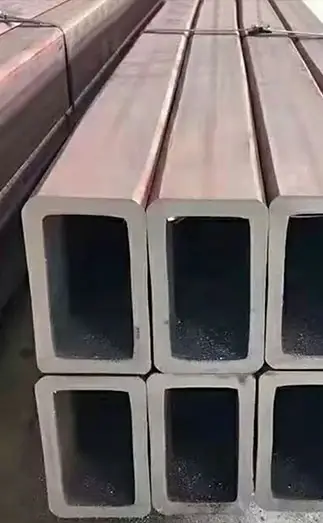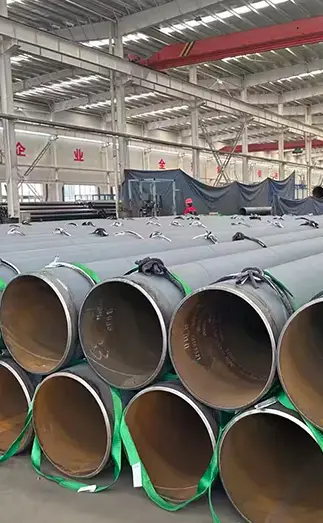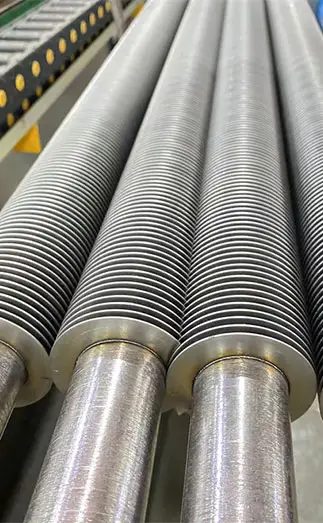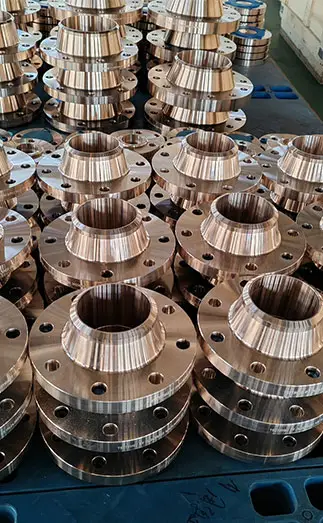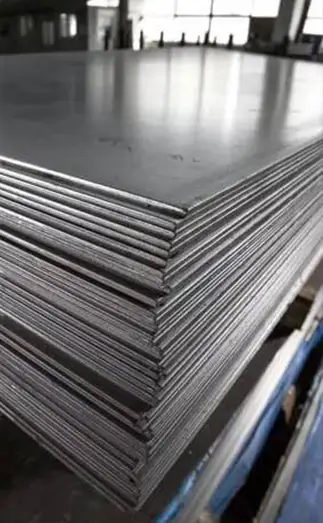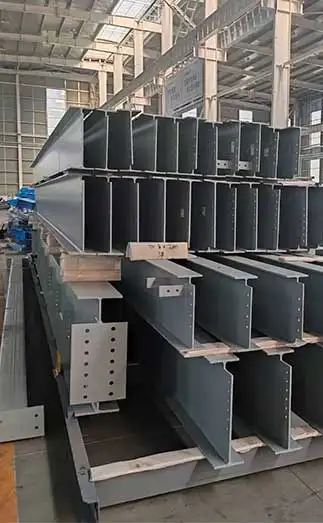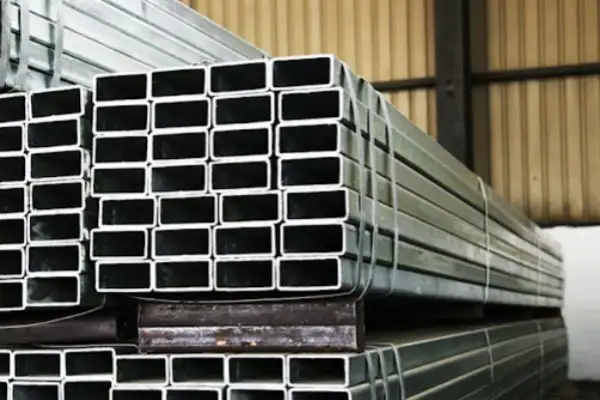In the manufacturing and processing of cold-rolled precision bright seamless steel pipes, heat treatment plays a crucial role in enhancing material performance. The four fundamental heat treatment processes—annealing, normalizing, quenching, and tempering—are collectively known as the "four principal heat treatments," each serving a specific purpose depending on the application requirements.
Super Steel Manufacturing Co.,Ltd is professional seamless steel pipe manufacturer, for more details, please contact:sales@super-steels.com
Annealing
Annealing involves heating the steel pipe to an appropriate temperature, holding it for a specific period based on the material type and workpiece dimensions, and then cooling it slowly. The purpose is to refine the internal microstructure, relieve internal stresses, improve machinability, and prepare the material for subsequent processes such as quenching.
Normalizing
Normalizing is similar to annealing but differs in the cooling method. After heating the steel to a suitable temperature, it is cooled in air. This process refines the grain structure and improves mechanical properties. It is often used to enhance machinability and may also serve as the final heat treatment for components with lower performance requirements.
Quenching
Quenching involves heating the steel pipe to a specific temperature, holding it briefly, and then rapidly cooling it in a quenching medium such as water, oil, or aqueous solutions containing organic or inorganic salts. This process significantly increases the hardness of the steel but also introduces brittleness.
Tempering
To reduce the brittleness introduced by quenching, the steel pipe is reheated to a temperature between room temperature and 650°C, held for a period of time, and then cooled. This process, known as tempering, restores toughness while maintaining a desirable level of hardness. Quenching and tempering are often used in combination to achieve an optimal balance of strength and ductility.
Comprehensive Heat Treatment Methods of Seamless Steel Pipe
Quenching and Tempering: A combined process used to achieve both high strength and good toughness. It is one of the most commonly applied treatments in steel processing.
Aging Treatment: Applied to alloys that have been quenched into a supersaturated solid solution. By holding at room or slightly elevated temperatures over time, the alloy’s hardness, strength, or electrical and magnetic properties can be improved.
Deformation Heat Treatment: Integrates plastic deformation with heat treatment to synergistically enhance both strength and toughness of the material.
Vacuum Heat Treatment: Performed under reduced pressure or vacuum conditions, this method prevents oxidation and decarburization, preserves the smooth surface of the steel pipe, improves performance, and enables chemical heat treatments such as carburizing or nitriding.
Surface Heat Treatment of Seamless Steel Pipe
Surface heat treatment targets only the outer layer of the steel pipe to alter its surface properties without affecting the core. This is achieved by using high-energy-density heat sources that deliver intense heat to a localized area in a short period. Common techniques include flame hardening and induction heating. Heat sources may include oxyacetylene or oxypropane flames, high-frequency induction currents, lasers, or electron beams.
Chemical Heat Treatment of Seamless Steel Pipe
Chemical heat treatment modifies the chemical composition and microstructure of the steel pipe’s surface by introducing alloying elements such as carbon, nitrogen, boron, or chromium. This is done by heating the steel in a medium (gas, liquid, or solid) containing these elements for an extended period, allowing them to diffuse into the surface. Follow-up processes like quenching and tempering are often required. Common chemical treatments include carburizing, nitriding, and metalizing.
Conclusion
Heat treatment is a vital step in the manufacturing of mechanical parts, tools, and dies made from cold-rolled precision bright seamless steel pipes. It not only enhances wear resistance, corrosion resistance, and mechanical properties but also improves the internal structure and stress distribution, making subsequent cold and hot working more efficient. Choosing the appropriate heat treatment process is essential to meet diverse performance requirements across various industrial applications.



 English
English Español
Español Français
Français بالعربية
بالعربية